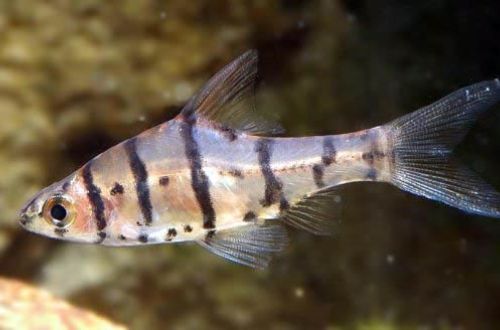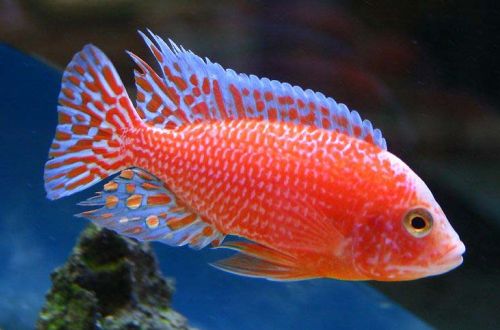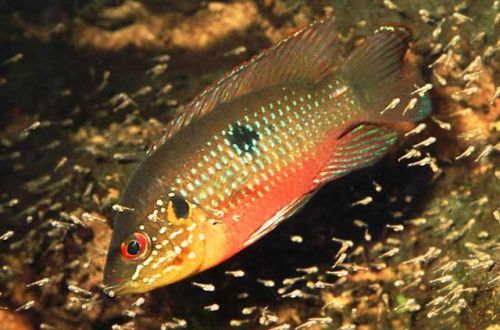
Leopard Plecostomus
Leopard Plecostomus, scientific name Pseudacanthicus cf. Leopardus L114, LDA007, belongs to the family Loricariidae (Mail catfish). The fish still does not have an exact classification, but this has not stopped it from spreading widely in both amateur and professional aquarists. The popularity was largely ensured by the beautiful coloration and ease of maintenance along with good compatibility with other species.

Contents
Habitat
It comes from South America from the Rio Negro basin from the territory of the Brazilian state of Amazonas. Also, the catfish was found in some rivers of Guyana, located at a considerable distance from the Rio Negro and not connected with it by a common basin. Thus, a number of researchers question the accuracy of identification. It occurs everywhere in various biotopes, from quiet backwaters to areas with a moderate, and sometimes violent current.
Brief information:
- The volume of the aquarium – from 500 liters.
- Temperature – 24-30°C
- Value pH — 5.5–7.5
- Water hardness – 1–15 dGH
- Substrate type – any
- Lighting – subdued
- Brackish water – no
- Water movement – light or moderate
- The size of the fish is 20–25 cm.
- Food – any sinking food
- Temperament – peaceful
- Content alone or in a group
Description
Adults reach a length of 20–25 cm. The fish has a massive body with a large head. The body is covered with rows of sharp spines, and the first rays of the fins are spikes. In young fish, the color is gray with rounded dark spots. With age, the spots become smaller and the pattern begins to resemble the color of a leopard, which is reflected in the name of this species. The edges of the dorsal fin and tail are red.
Food
An omnivorous species, will accept most popular feeds. The daily diet should include dry, frozen and live foods, and fresh slices of green vegetables and fruits can also be served.
Maintenance and care, arrangement of the aquarium
The optimal size of an aquarium for one or two catfish starts from 500 liters. Keeping will not cause much trouble if the Leopard Plecostomus is in the right environment. In the design, it is recommended to use rocky and / or sandy soil, boulders, stones, large snags and other decorative elements that can serve as shelters. It is important to ensure stable water conditions within the allowable range of temperatures and values of hydrochemical parameters. To this end, the aquarium is equipped with the necessary equipment, primarily a filtration system, and regular maintenance procedures are carried out: replacing part of the water with fresh water, removing organic waste, etc.
Behavior and Compatibility
Peaceful calm catfish, however, it can compete with other bottom fish for areas on the bottom. It is desirable to combine with species of comparable size and temperament that live in the water column or near the surface.
Breeding / breeding
Cases of successful breeding in home aquaria are not rare, but for this a number of conditions must be met. Form areas with shelters suitable for the size of the catfish and select a group of several mature individuals, where there will be at least one female. The latter sometimes causes problems, since it is difficult to determine gender. In favorable conditions, the male occupies one of the shelters, which in the future will become a spawning site. After a short courtship, the couple lays several hundred eggs, after which the female swims away, and the male remains near the clutch, guarding it until the fry appear.
Fish diseases
The cause of most diseases is unsuitable conditions of detention. A stable habitat will be the key to successful keeping. In the event of symptoms of the disease, first of all, the quality of the water should be checked and, if deviations are found, measures should be taken to correct the situation. If symptoms persist or even worsen, medical treatment will be required. Read more about symptoms and treatments in the Aquarium Fish Diseases section.





